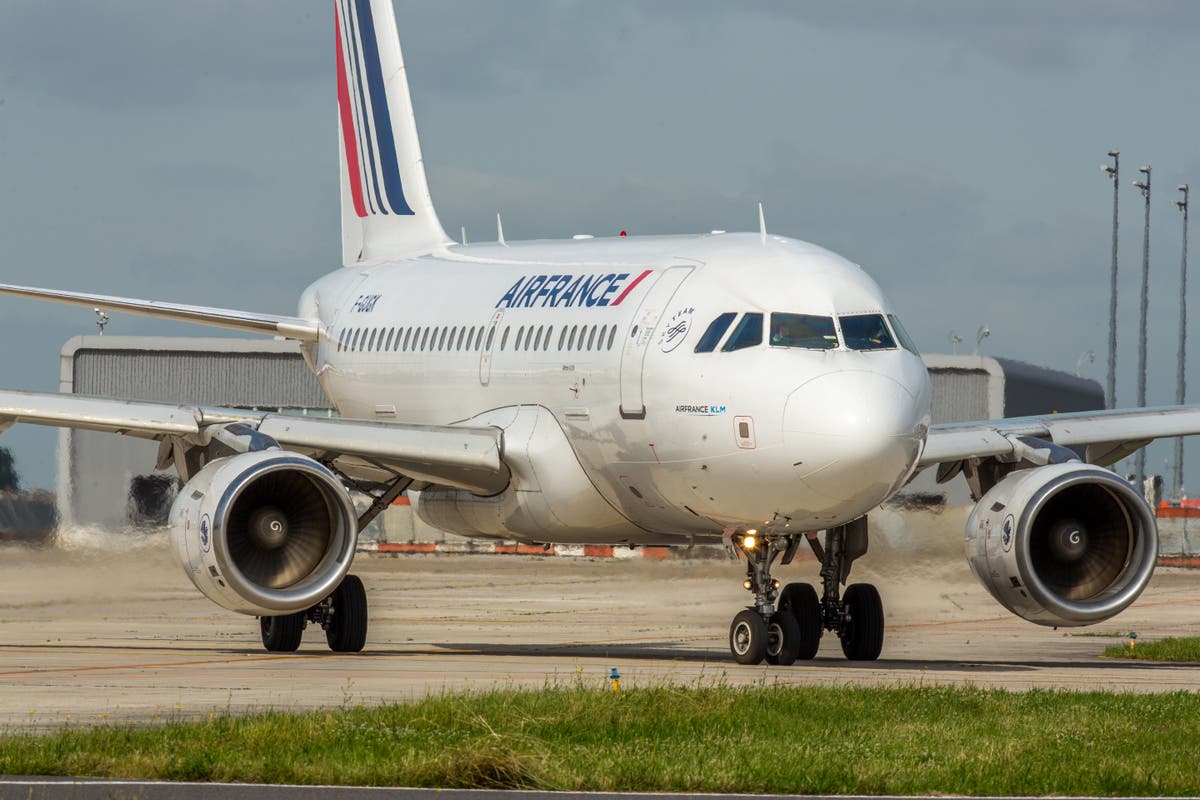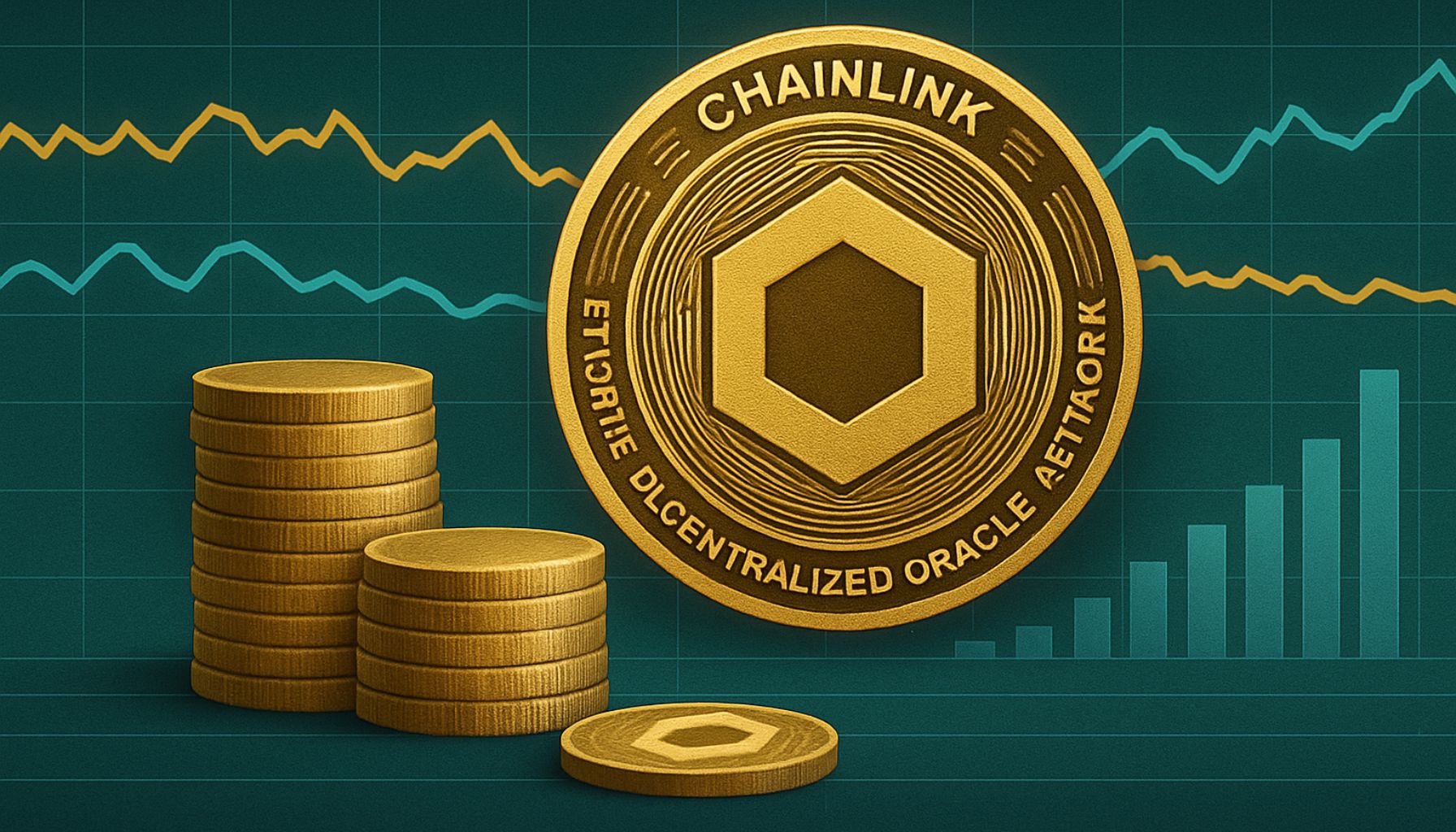Why You Shouldn't Trust Fuel Cost Estimates on New Car Window Stickers
Buying a new car has always been a major investment, and at a time when everyone is feeling the pinch of inflation, it’s especially important to factor in the costs now, and the expenses associated with using and maintaining...


Photo: hxdbzxy (Shutterstock)
Buying a new car has always been a major investment, and at a time when everyone is feeling the pinch of inflation, it’s especially important to factor in the costs now, and the expenses associated with using and maintaining it over time. And with gas hovering around $5/gallon, a car’s fuel efficiency could end up being the deciding factor when making a purchase.
Until recently, the fuel cost estimates on car window stickers at dealerships have provided reasonably accurate and useful information for buyers. But according to Consumer Reports, that’s no longer the case.
What car window stickers tell consumers about fuel efficiency
Officially known as “Monroney labels,” the window stickers found on new cars at dealerships provide a few basic fuel-related stats on the vehicle. These include emissions and smog ratings, the average number of miles it can travel on a gallon of gas, and the projected fuel costs for one and five years. These projections are based on data from the Environmental Protection Agency (EPA) and the Energy Information Administration (EIA).
Why fuel cost estimates on window stickers aren’t accurate
As it turns out, the data the EPA and EIA provide car manufacturers to calculate the one- and five-year fuel cost estimates is two-years-old, according to Consumer Reports. For example, the fuel cost projections for the 2023 model year were calculated in November 2021.
Previously, the two-year delay in calculations weren’t that far off, but after the steep rise in gas prices over the past few months, the outdated estimates are no longer accurate. In fact, when experts at Consumer Reports did the math, they found that some of the five-year fuel cost projections were off by more than $10,000.
Another factor to consider is that all fuel cost estimates are made using the price of regular gas—even if the manufacturer recommends premium fuel for the vehicle.
Where to find accurate fuel cost projections
Instead of relying on the outdated projections printed on the window sticker, scan its QR code to pull up fueleconomy.gov, which provides information on gas prices that is updated weekly. The site also features an interactive calculator you can use to work out your own (more accurate) fuel cost estimates.

 JimMin
JimMin 
































